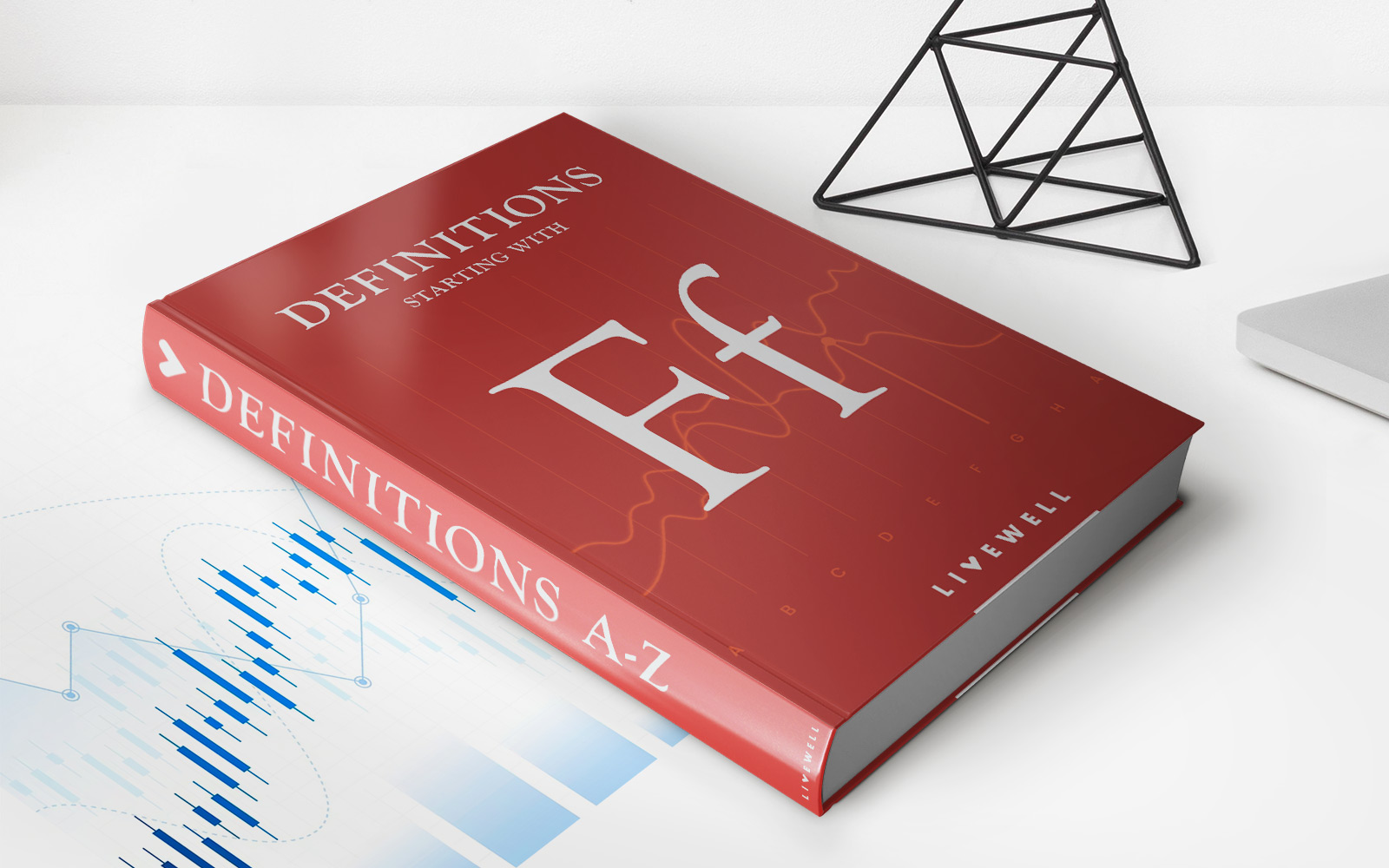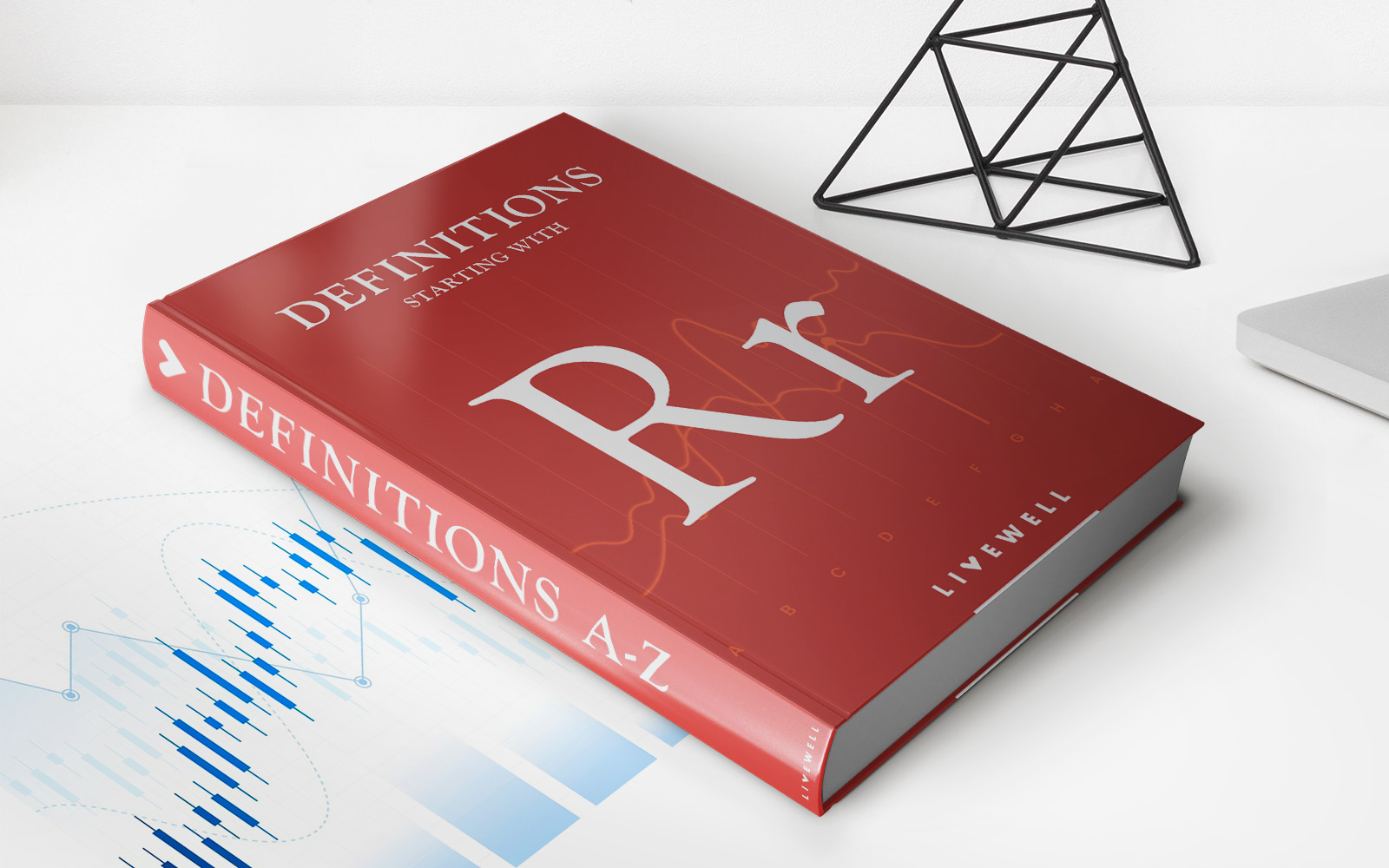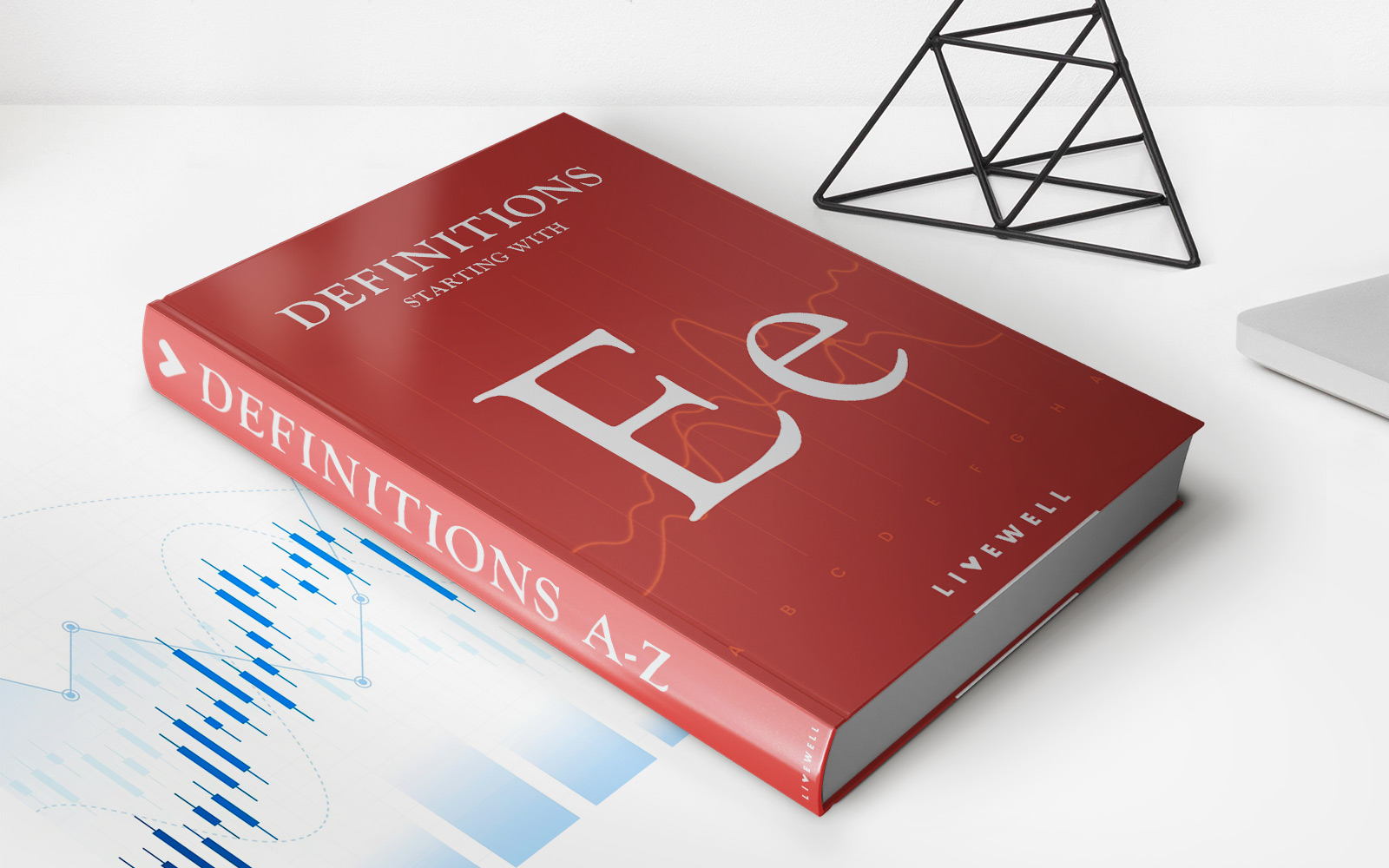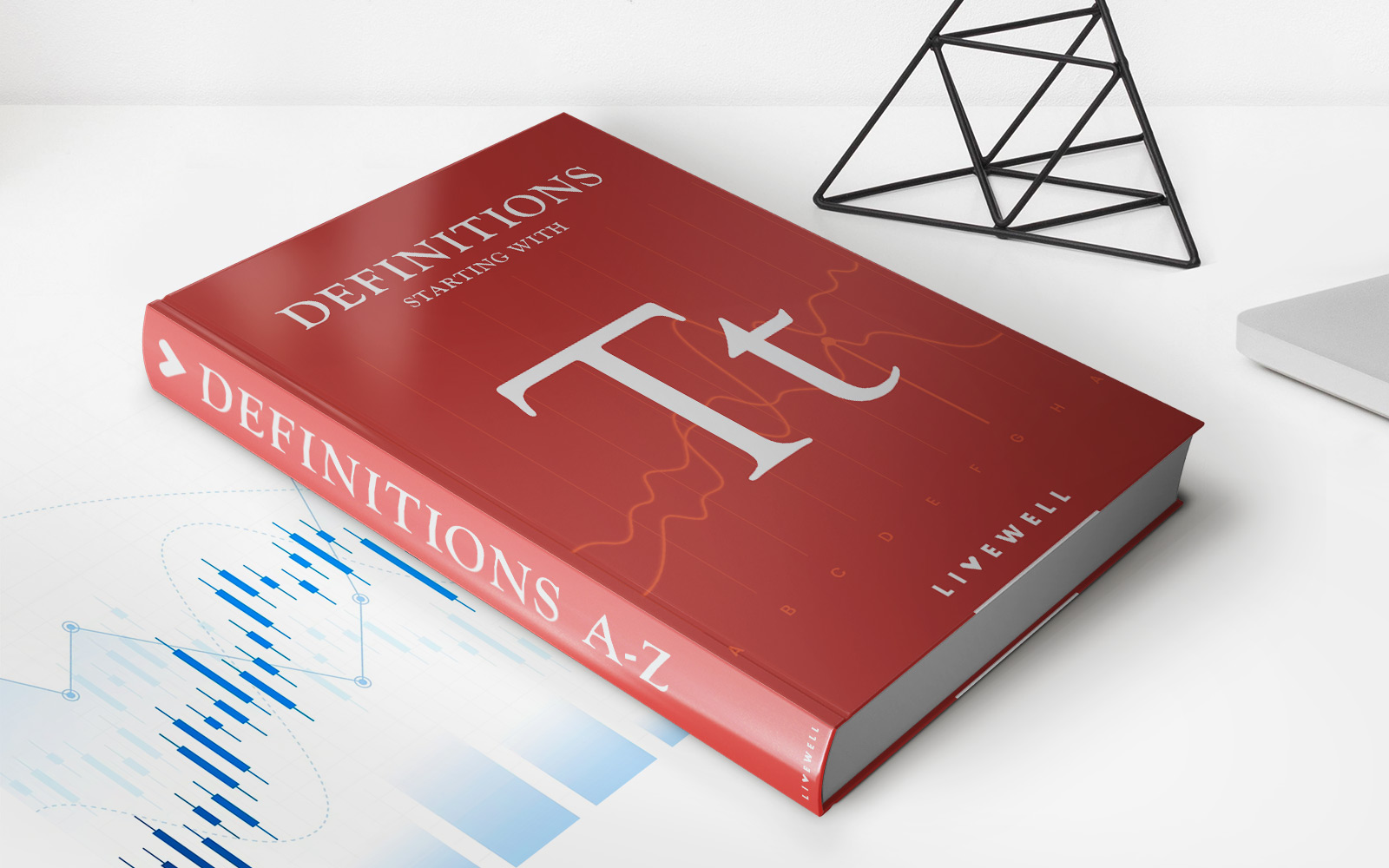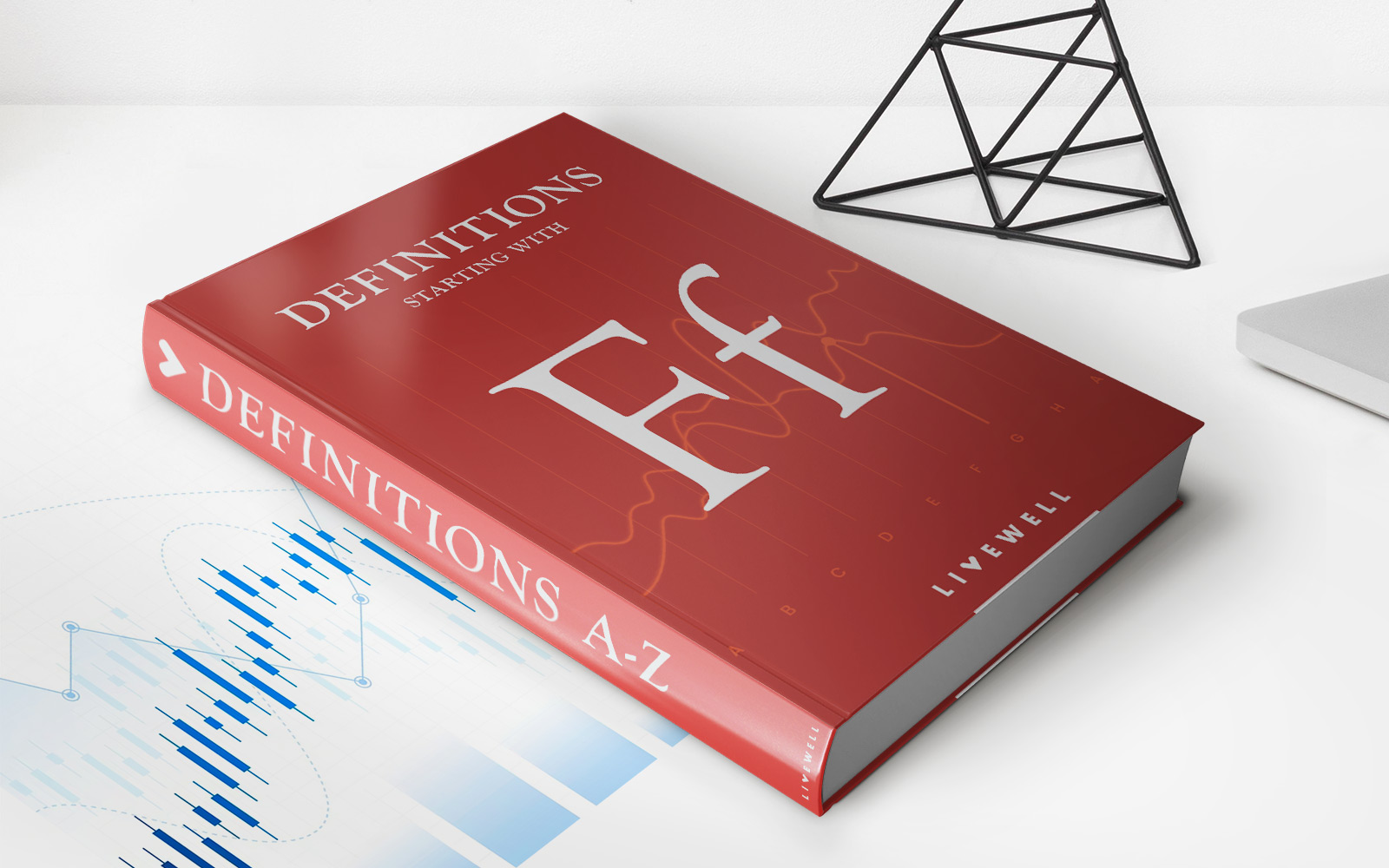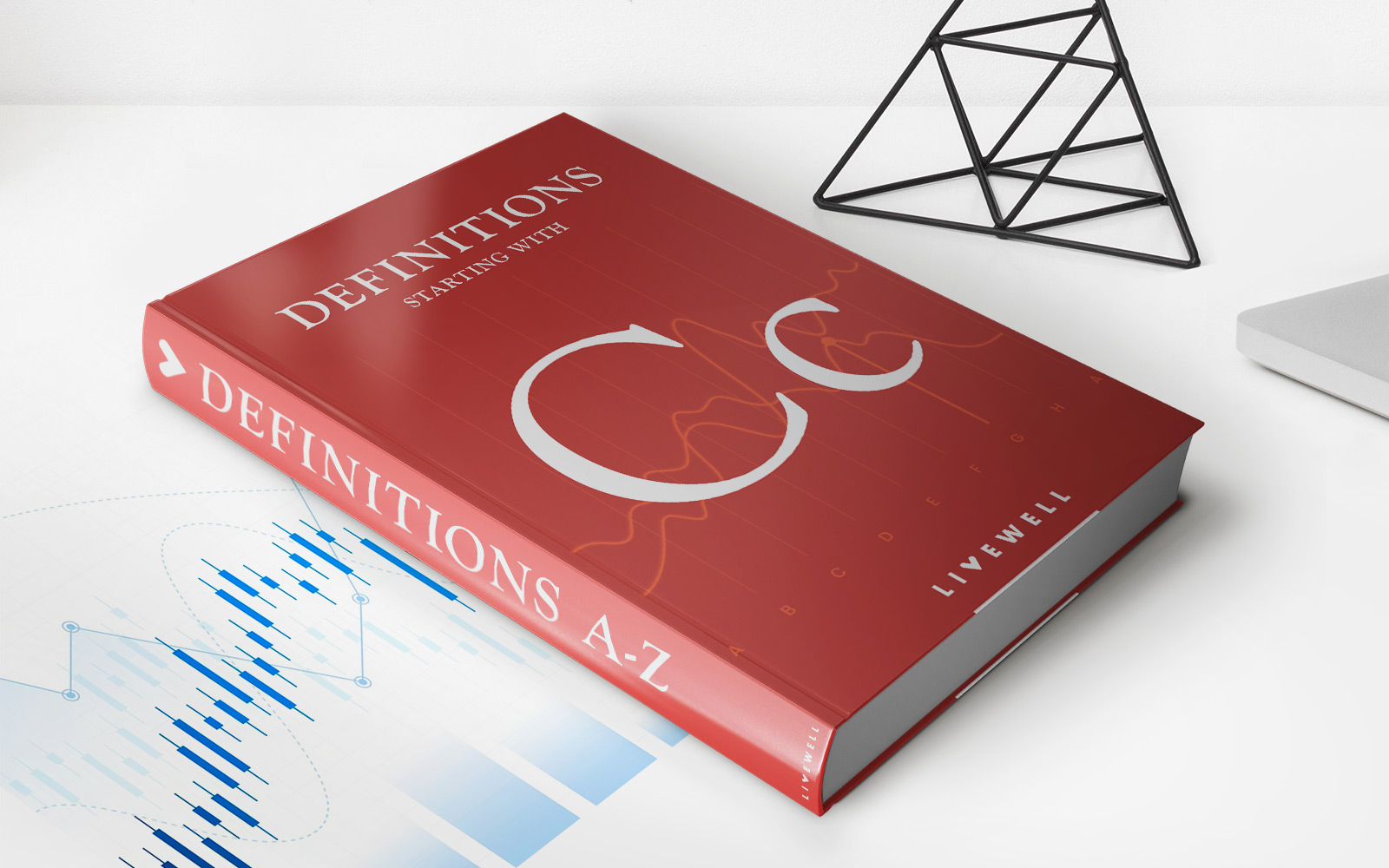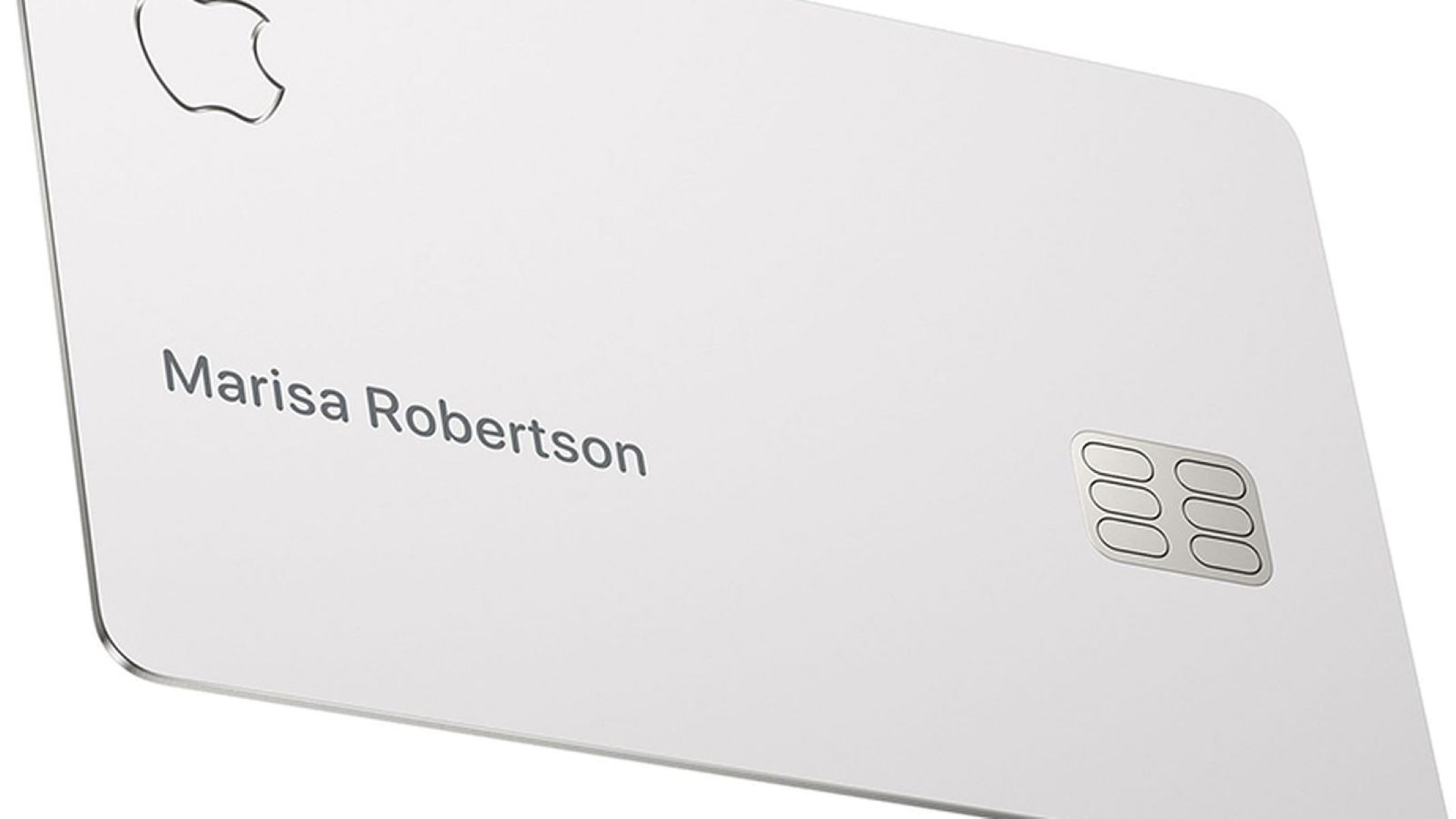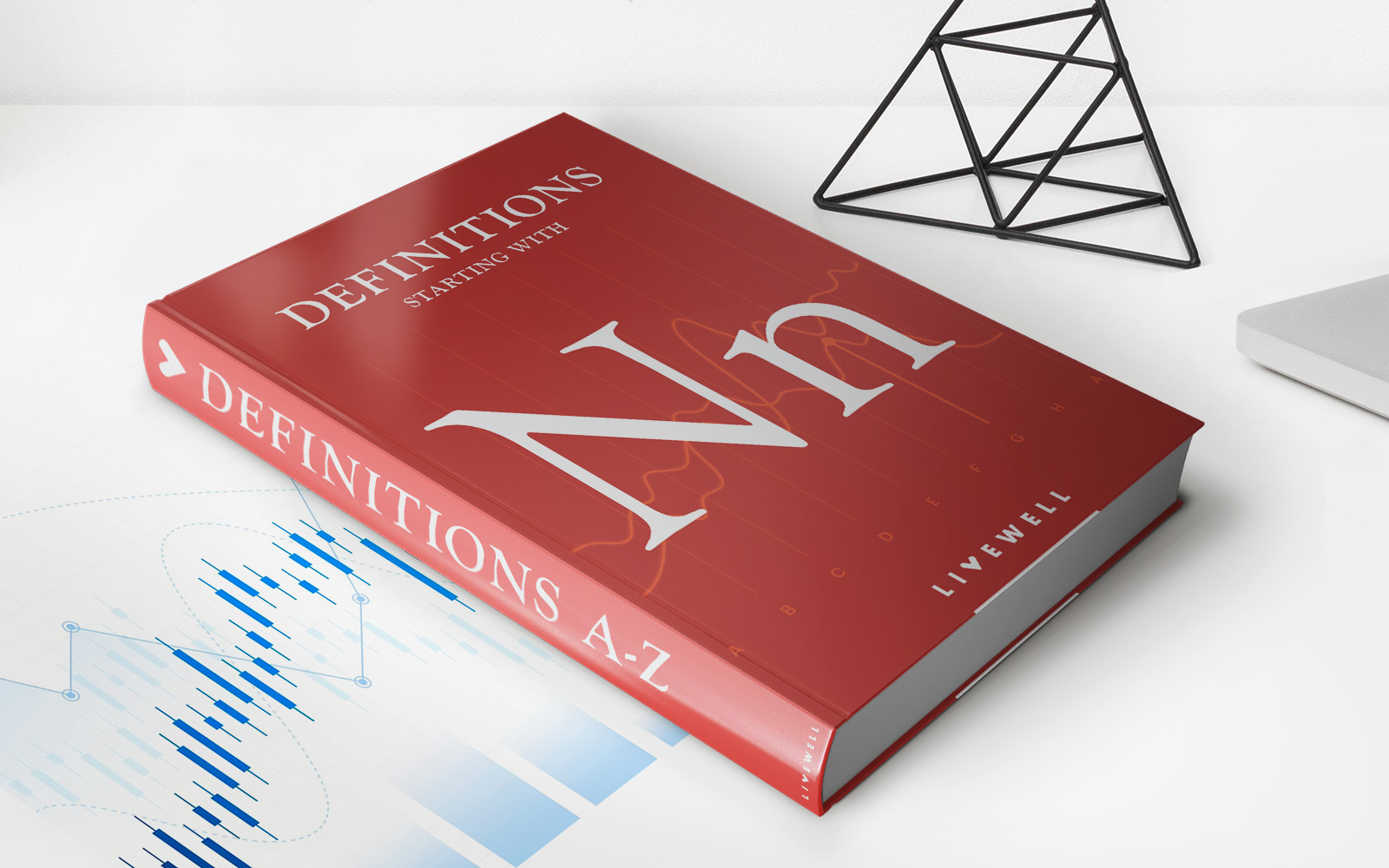Home>Finance>Highest In, First Out (HIFO) Definition Vs LIFO, FIFO
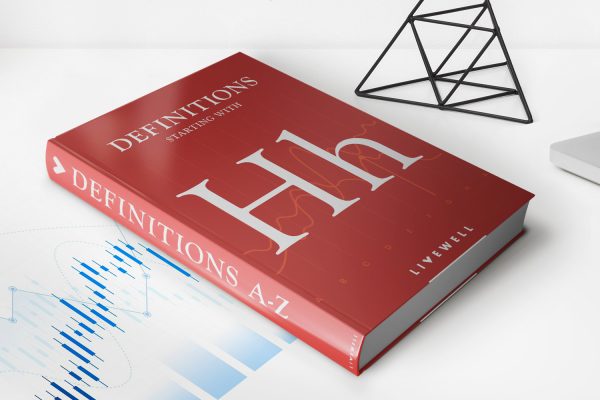
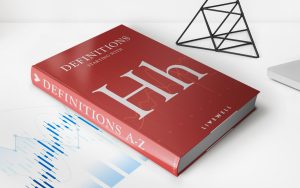
Finance
Highest In, First Out (HIFO) Definition Vs LIFO, FIFO
Published: December 5, 2023
Discover the key differences between Highest In, First Out (HIFO) and LIFO, FIFO accounting methods in finance and make informed investment decisions.
(Many of the links in this article redirect to a specific reviewed product. Your purchase of these products through affiliate links helps to generate commission for LiveWell, at no extra cost. Learn more)
Highest In, First Out (HIFO) Definition vs LIFO, FIFO
When it comes to managing finances, understanding different inventory valuation methods is essential. One commonly used method is the Highest In, First Out (HIFO) approach. In this blog post, we will explore HIFO and compare it to other popular methods such as Last In, First Out (LIFO) and First In, First Out (FIFO).
Key Takeaways:
- HIFO, LIFO, and FIFO are inventory valuation methods that help businesses track the cost of goods sold and determine profit margins.
- HIFO assumes that the highest-cost items are sold first, whereas LIFO assumes that the most recent purchases are sold first, and FIFO assumes that the oldest inventory is sold first.
Let’s dive deeper into these methods to understand how they work and their implications for businesses:
Highest In, First Out (HIFO)
HIFO is an accounting method where the inventory items with the highest cost are considered to be sold first. This approach assumes that the most expensive goods are the ones most likely to be sold, which can provide a more accurate reflection of the current value of inventory. HIFO is commonly used when businesses want to ensure their financial statements reflect the highest possible cost of goods sold.
Some key points to note about HIFO:
- Higher cost of goods sold (COGS): Since the highest-cost items are recorded as sold first, HIFO generally leads to a higher cost of goods sold.
- Greater tax burden: HIFO can result in higher tax obligations as it yields higher COGS, reducing taxable income.
- Accurate profit margins: HIFO provides a more accurate picture of the inventory’s current value and can be beneficial for businesses wanting to reflect their true profit margins.
LIFO (Last In, First Out)
LIFO is another popular inventory valuation method where the assumption is that the most recently acquired items are the first to be sold. This approach reflects the current market value of goods and can be beneficial during periods of inflation since it results in lower COGS.
Key highlights of LIFO include:
- Lower COGS: LIFO typically leads to lower COGS as it captures the lower costs of recent purchases.
- Tax advantages: LIFO can reduce taxable income and result in lower tax obligations
- Differing financial statements: The use of LIFO may result in financial statements that do not accurately represent the current market value of inventory.
FIFO (First In, First Out)
As the name suggests, the FIFO method assumes that the oldest inventory items are sold first. This approach aligns with the natural flow of goods and can be suitable for businesses dealing with perishable products or those where obsolescence is a concern.
Key aspects of FIFO are:
- Accurate representation: FIFO provides a better representation of the current value of goods in the market.
- Higher COGS during inflation: FIFO may lead to higher COGS during inflationary periods as it assumes that the older, lower-cost items are sold first.
- Lower tax benefits: Since FIFO reflects the higher cost of goods, it may result in higher taxable income and tax obligations.
In Summary
Understanding different inventory valuation methods is crucial for businesses. Here are two key takeaways to remember:
- HIFO, LIFO, and FIFO are inventory valuation methods that help businesses track their cost of goods sold and determine their profit margins.
- HIFO assumes the highest-cost items are sold first, LIFO assumes the most recent purchases are sold first, and FIFO assumes the oldest inventory is sold first.
By choosing the most appropriate method for your business, you can ensure that your financial statements accurately reflect the value of your inventory and optimize tax implications. Remember, different inventory valuation methods have unique effects on cost of goods sold and tax obligations—choose wisely!

